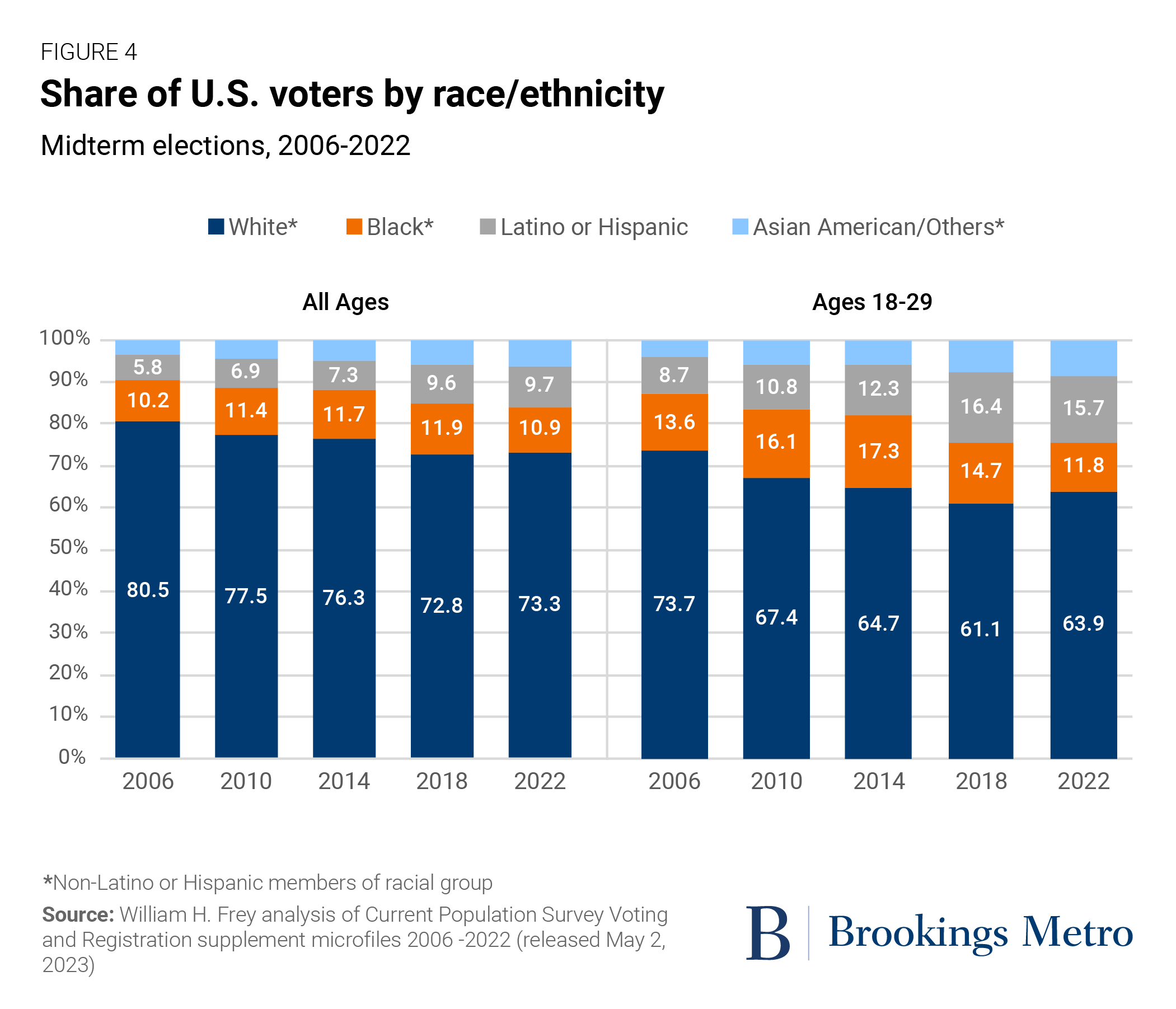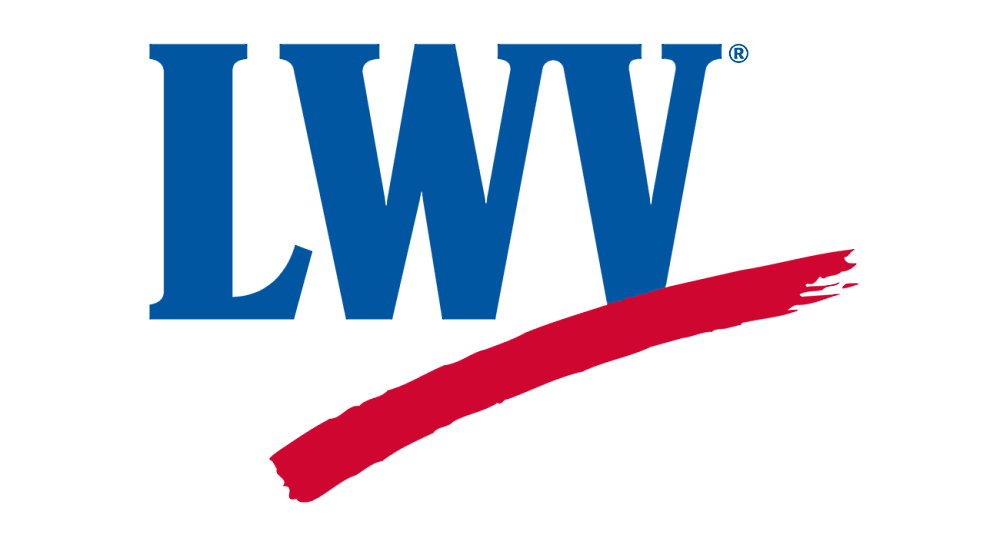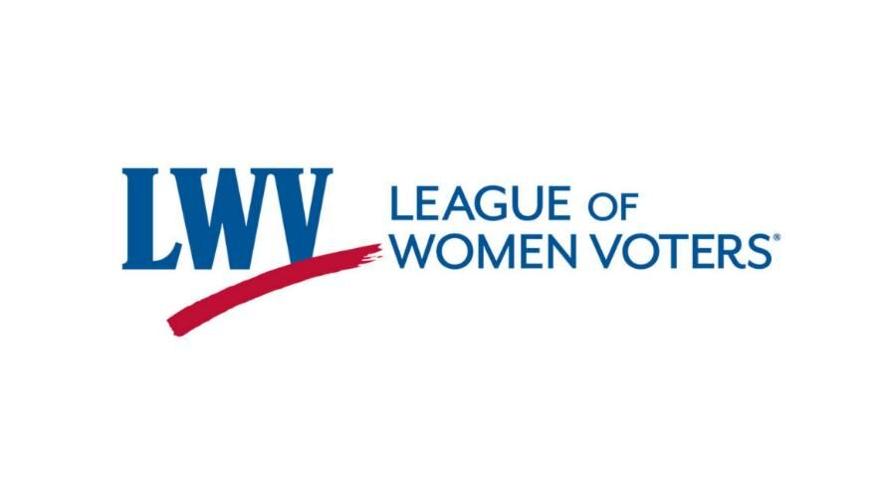Table of Contents
- League Of Women Voters Seeks End To Vote Buying - YouTube
- GUEST COLUMN: Take part in events to highlight Women's History Month ...
- Join the League of Women Voters! | MyLO
- What Black Women Need in Our Next President | Black Girl Nerds
- Young People + Voting: A Guide to Participating in the Midterm Elections
- Laura M. Moore | Ann Arbor District Library
- New voter turnout data from 2022 shows some surprises, including lower ...
- League of Women Voters Day – February 14, 2025
- Diversity Initiatives Are a Focus for Westchester's Governments
- Cision - MediaStudio View Media



Historical Context: A Brief Overview



2024 Elections: A Continuation of Trends


This persistence of the gender gap in voting patterns is not unique to the United States. In many countries, similar trends are observed, highlighting the global nature of gendered political preferences. The reasons behind these preferences are multifaceted, reflecting not only political ideologies but also societal roles, economic conditions, and cultural norms.

Underlying Factors: Why the Gap Persists
Several factors contribute to the gender divide in voting patterns. One key aspect is policy priorities. Women often prioritize issues like healthcare, reproductive rights, and social welfare, which are typically championed by liberal or Democratic parties. Men, on the other hand, may focus more on economic growth, tax policies, and defense, areas where conservative or Republican parties are seen as stronger.Another significant factor is the role of gender in political representation. The underrepresentation of women in political offices can affect voting patterns, as women may be more inclined to support female candidates who are perceived as understanding and addressing their concerns more effectively.

Conclusion: Bridging the Gap
The gender differences in the 2024 vote choice, similar to those in recent elections, underscore the complex and multifaceted nature of political preferences. Understanding these differences is crucial for political parties and candidates aiming to craft inclusive and appealing platforms. By acknowledging and addressing the unique concerns and priorities of both men and women, politicians can work towards bridging the gender gap in voting patterns.Ultimately, the persistence of gender differences in vote choice is a reminder of the ongoing need for gender equality and representation in politics. As the world moves forward, fostering a political environment where all genders feel heard and represented will be essential for creating more inclusive and equitable societies.
For more insights into the evolving landscape of political preferences and the factors influencing voting behaviors, stay tuned for further analysis and updates.